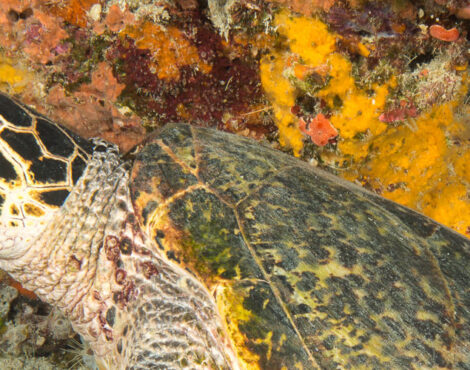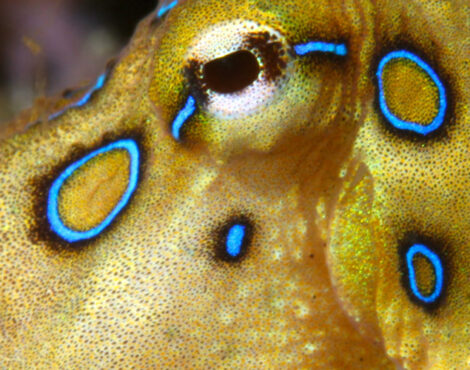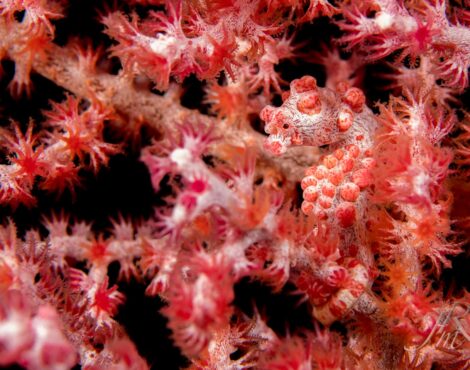Before arriving at Siladen Resort, you must pass through an often ignored, but extremely important part of Bunaken Marine Park. Just like coral reefs, mangrove forests are productive ecosystems that provide endless services to not only to marine life, but to humans too. Bunaken Marine Park may be famous for its healthy corals and species diversity, but these would not be possible without other vital ecosystems such as sea grass meadows and mangrove forests. Instantly recognisable by their dense tangled roots, appearing like stilts, mangroves decorate tropical coastlines throughout the world. There are over 80 different species of mangrove – a highly specialised group of trees or shrubs that have evolved to live in brackish or salt water.
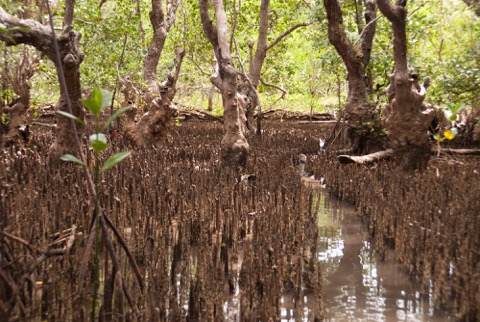
Oxygen and Survival: The Unique Root Systems of Mangroves
Regular trees use their underground root systems to take oxygen, however the soil that mangroves grow in is very low in oxygen. This is why mangrove roots are mostly above the water, so they can absorb oxygen from the air. Just like any other plant, mangroves must consume fresh water to survive. Like other trees, mangroves use their roots for this, however, mangrove roots can filter out the majority of the salts from the sea or brackish water, while absorbing the fresh water and other minerals. The salt that does get into tree can be secreted through some leaves, frequently leaving visible salt crystals.
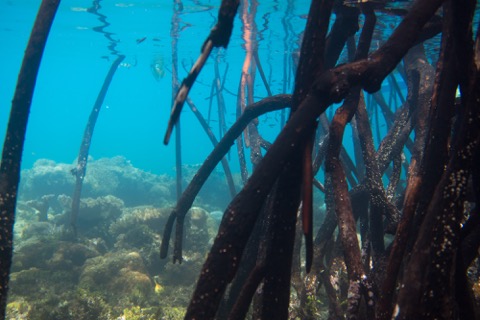
Guardians of the Coastline: The Crucial Role of Mangroves in Wave Protection
Mangroves are seen by many around the world as a nuisance; muddy swamps that harbour mosquitoes and block ocean views. It is only when the mangroves are removed that their importance is recognised. Their unique positon of ‘not quite being in the ocean, but not quite being on land’ means they act as a significant buffer from wave action. When the 2005 Boxing Day tsunami devastated parts of Asia, areas that had stripped their mangroves forests away were far worse effected than where the mangroves were intact. The same can be seen in areas of violent cyclonic storms, such as in the Philippines or the Caribbean. The dense root systems help reduce a lot of force from wave action, which in turn reduces costal erosion. This also works the other way too; the roots trap sediment that runs off from rivers, which would otherwise smother coral reefs.
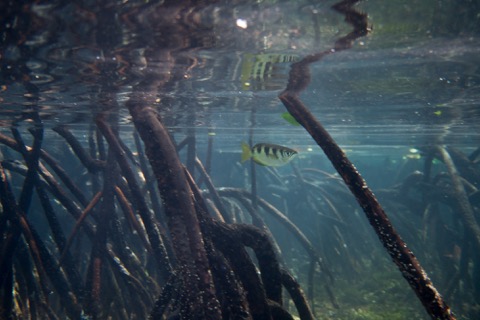
Nurseries and Sanctuaries: Mangroves as Vital Habitats for Reef Fish and Invertebrates
The complicated intertidal root systems of mangroves make the perfect nursery for many juvenile reef fish, offering protection from waves, currents and larger predators. Many invertebrate species (such as crabs or shrimp) will spend their entire lives in muddy mangrove forests. It is not just marine creatures that rely on mangroves for protection either; many seabirds, bats and insects use them for resting and breeding grounds.
Coastal Communities and Cultural Significance of Mangroves
Aside from coastal erosion, mangroves provide numerus benefits to coastal and indigenous communities. The wood is very resistant to insects and rot, making it valuable as a construction material for boats. Indigenous communities also collect medicinal plants from mangroves, and the wood is prized as a fuel because it burns at an extremely high temperature. The ever increasing population of such communities is putting a huge strain on mangrove forests, with some studies estimating the planet is losing up to 2% of our mangroves every year, a faster rate than any other form of deforestation. They cannot simply be replanted once they are gone either,as once they are removed waves and currents reshape the coastline, often making it impossible for new mangroves to take root.
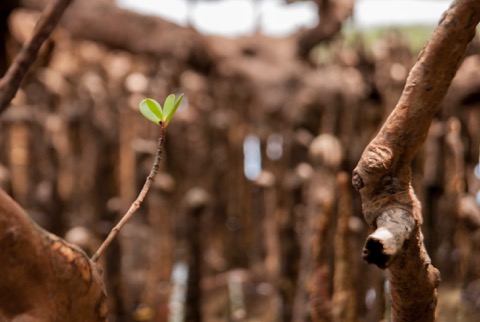
Climate Change Heroes: Mangroves’ Contribution to Carbon Sequestration
Another huge benefit of mangroves is their part to play in climate change. These coastal forests are far more efficient at up taking and storing carbon dioxide than any other type of forest. One hectare of mangrove can absorb as much as 10 times more carbon dioxide than a similar sized area of terrestrial forest. This can be in part attributed to the rich soils in which mangroves thrive. The low oxygen slows the decay of organic matter, resulting in much of the excess carbon accumulating in the soil.
Exploring the Mangrove Forests of Bunaken Marine Park: A Fascinating Adventure
Although there are over 100 countries around the globe that have mangrove forests, Indonesia has by far more than any other country. Indonesia’s extensive mangroves make up more than 22% of the global population – enough to offset 30 million tonnes of carbon emissions per year. Bunaken Marine Park hast vast mangrove forests that make up over 20% of all the mangroves found in North Sulawesi, with the majority being split between the southern section of the park, and Manteghage island, although there are some around Bunaken too. They are well protected by the national park, however you are more than welcome to explore them. This is best done by joining a boat for snorkelling when the tide is high, as this is when the visibility is best.


